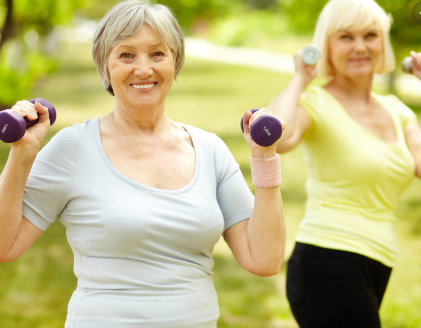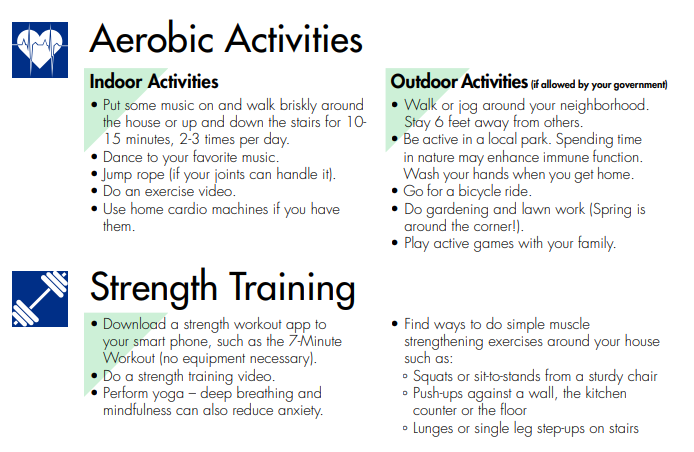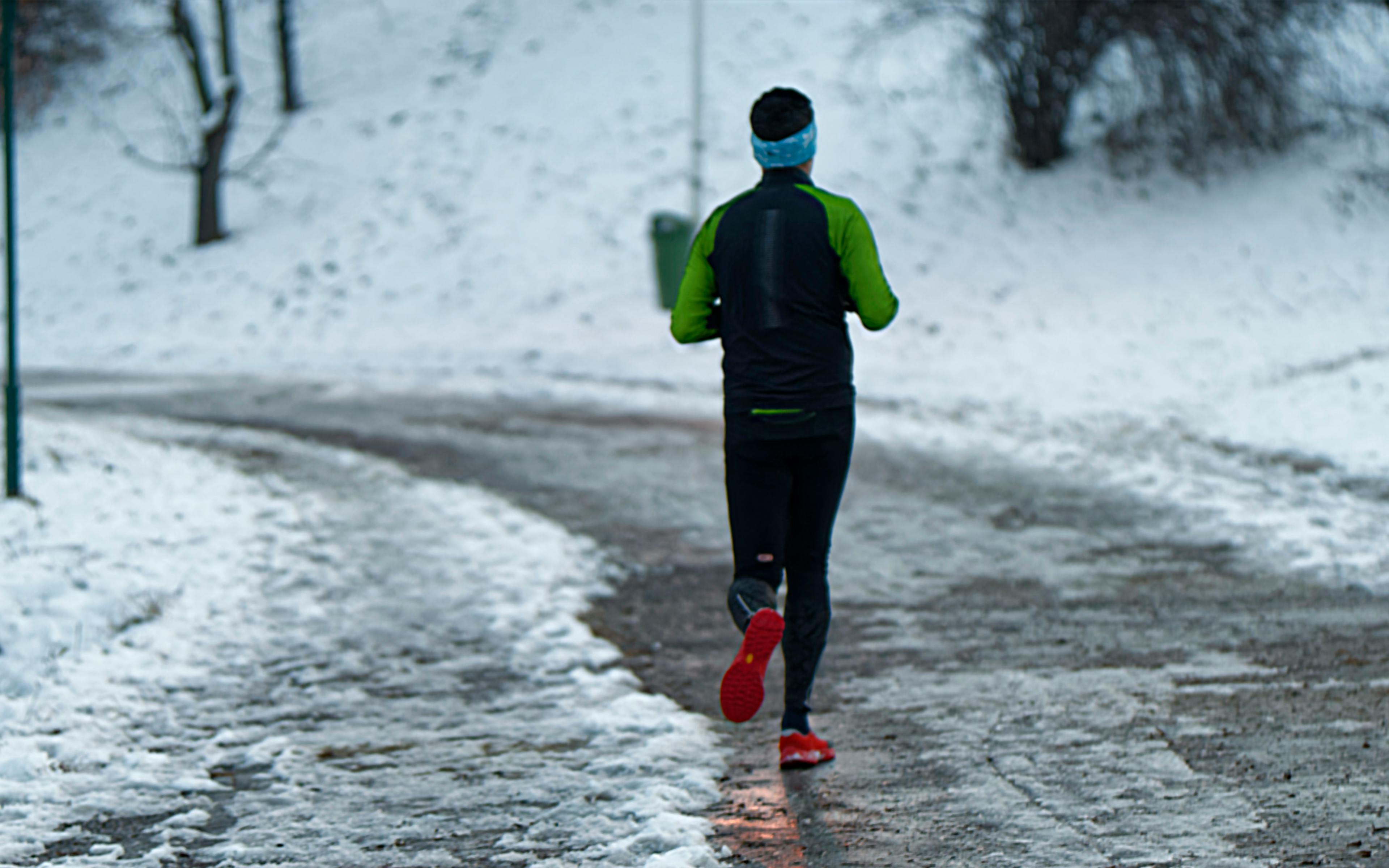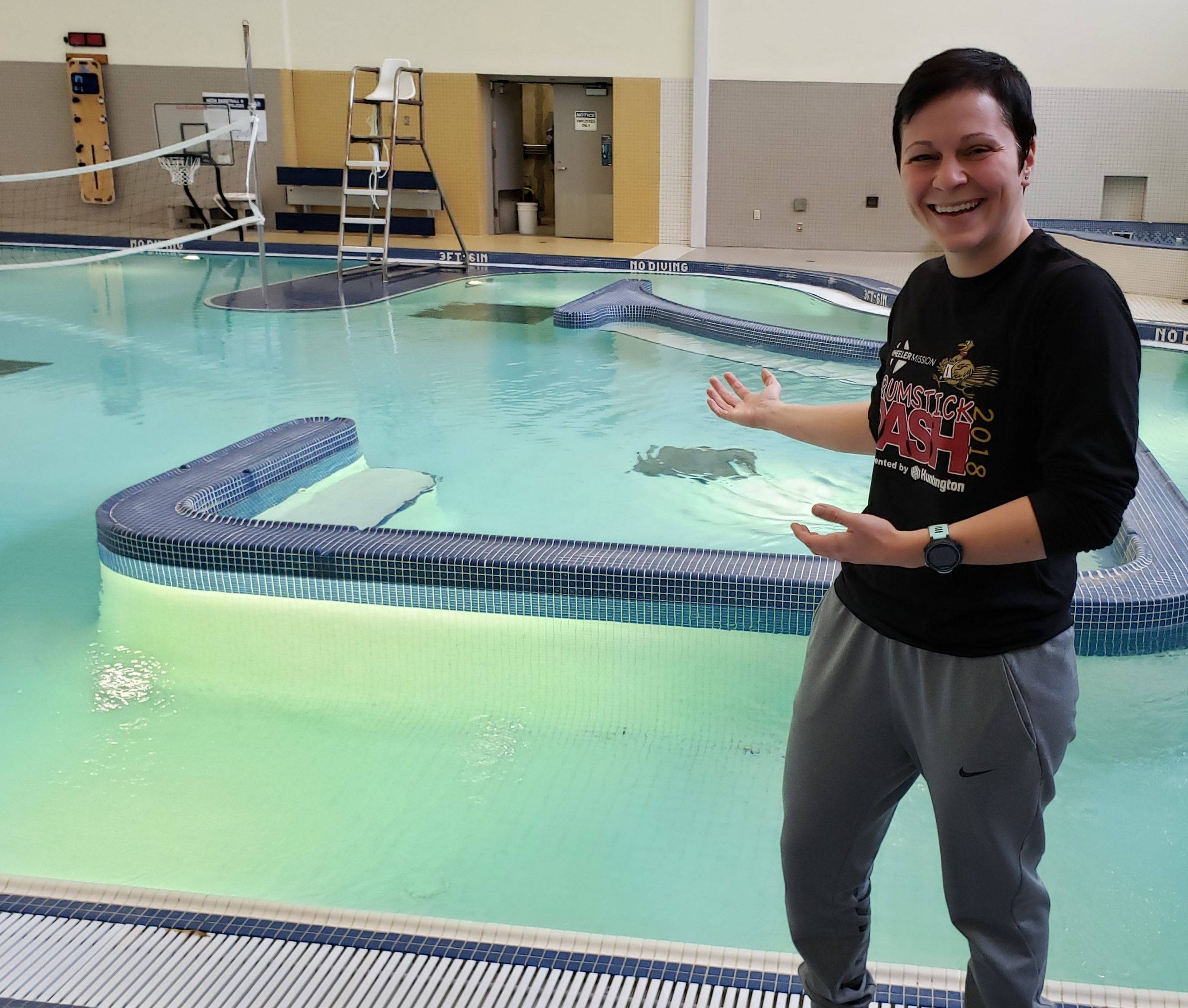
1. Remove “weight loss” as an actual goal!
Chris McGrath said that while this tip may seem crazy, “weight loss is too abstract and subjective to be stated as a legitimate goal.” Weight loss is an outcome that cannot happen without action, so your goals need to include specific actions that will lead to weight loss.
Jonathan Ross also said that goals should be small and attainable. This will save willpower because rather than focusing on the negative — fighting the urge to say “no” to certain foods and behaviors — accomplishing smaller, tangible goals will “build confidence, which builds hope, which builds consistency.”
2. Train like the celebrities and use a process called Internal Overload
Tanya Becker’s gym regularly hosts celebrities like Kelly Ripa. What does her gym provide that keeps these celebrities looking good and coming back? “At Physique 57, we do a combination of strength training, cardio and stretching using a process we call Internal Overload,” Becker said. “We work all your major muscles [in these full body workouts under an hour] to the point of fatigue and then stretch them for relief.” The result of this work is a “lean, supple, toned body.”
Internal Overload also provides these results quickly in varied classes, so celebrities never get bored and keep coming back.
3. Real Improvements — and the antidote to boredom — lie outside your comfort zone
Several pros suggested getting outside of your comfort zone to see results and keep boredom away. “Never let yourself get comfortable in your routine,” Riana Rohmann said. Just as we don’t go to school and stay in the third grade every year, we shouldn’t continually work out at the same level, she said.
Douglas Brooks said that mixing your routine up could mean taking a session or class you’ve never taken before. “This ‘change-up’ keeps you fresh mentally and physiologically.”
Todd Durkin said, “challenge yourself at a deep level at least three time per week.” The workouts don’t even have to be long, but “make sure you diversify your workouts so they don’t get stale and boring.”
4. Ripped abs aren’t made on the floor!
Get off the floor! Shannon Fable and Nancy Naternicola said that too many people try to get those tight abs by doing thousands of crunches on the ground. This tends to actually overwork your abs. “Instead, make sure your core is engaged during your strength, balance and cardio workouts,” Naternicola said.
“Workouts that ask you to balance, flow and move in a variety of positions will do more for you [than crunches],” Fable said. “Core work is less about feeling the burn and more about learning how to move efficiently from the inside out.”
Try using a BOSU Balance trainer or the smaller, space-saving Balance Pod to create instability that will challenge your core even more.
5. Incorporate play! Give every workout an element of playing hard (like when you were a kid)
“Most of my workouts are 30 to 45 minutes max with non-stop movement that incorporates high-intensity and fun challenges,” Klinedinst said. “This means adding in competition, partner drills, cutting-edge equipment and even games or sports.”
She said she did a tennis workout with a friend last week and every time either one of them made a mistake, they had to do 10 push-ups, lunges, and sprint to the center of the court and back as punishment. This minimized mistakes while also giving Klinedinst the best workout!
6. The outside world is your gym.
Doug Balzarini’s favorite weekly training session has been, as he called it, his “play day.” He goes outside to a local park or a beach and moves using what’s there – literally. “I’ll use my surroundings and my creativity to craft the session for the day.” This may include climbing trees, but his clients – professional athletes and those stuck in cubicles every day – have all benefitted from moving outside.
Douglas Brooks also suggested getting outside and “cross training with the seasons” – running dirt trails, Nordic skiing, Alpine skiing, hiking, and rock climbing – as ways to use the environment to change up workouts.
7. Get to know your feet and find balance.
Intensity can make you feel alive, but taking some time during the week to stretch and work on balance – without shoes – is just as important, Fable said.
It’s easy to forget about the feet that keep us moving, but “growing your posture from your feet can help prevent knee, hip, back and even shoulder pain,” MaryJayne Rogers said.
Some equipment that may help you remember those feet include Power Plate, BOSU, Wobble Board, the Pilates Reformer and Pilates Chair.
8. Welcome massages into your routine.
Recovery will help fuel your intense days and ensure your mind is also in tip-top shape, so welcome those massages! “Recovery is the name of the game, and massage and bodywork is a sure-fire way to help your body – and your mind – relax and rejuvenate,” Todd Durkin said.
And (not that you needed convincing to get more massages) new research shows that those massages really do work – decreasing inflammation while also helping cellular recovery.
9. Forget the reps. Watch the clock.
Don’t spend every workout using sets and reps – you don’t need to practice those counting skills anymore. Instead, like Naternicola does in her own workouts, use a stopwatch! She is incorporating more 30-minute total body workouts to get more out of a short amount of time.
Use your stopwatch during high-intensity interval training, which is a great way to increase the intensity of your workouts and see results in a short amount of time.
10. Train and act like an athlete
Todd Durkin said that everyone should train like an athlete. “Incorporate strength, power and conditioning into all your workouts.” Of course, training like an athlete also includes getting out of your comfort zone and pushing your limits.
Doug Balzarini said that thinking like an athlete is also important. From training a number of professional athletes, he said that a common element all of them share is commitment. “These athletes are truly committed to improving their bodies for their craft,” he said. “If we all had the same level of commitment and drive that these guys had, we would be a much healthier society.”
So commit to be fit, make your health and wellness a priority, and don’t accept the “I don’t have any time” excuse.
www.acefitness.org/education-and-resources/lifestyle/blog/2438/10-fitness-tips-tricks-from-the-pros






